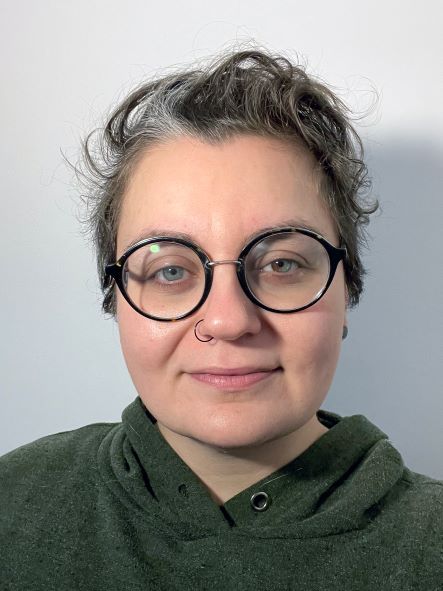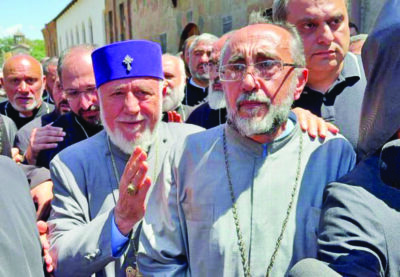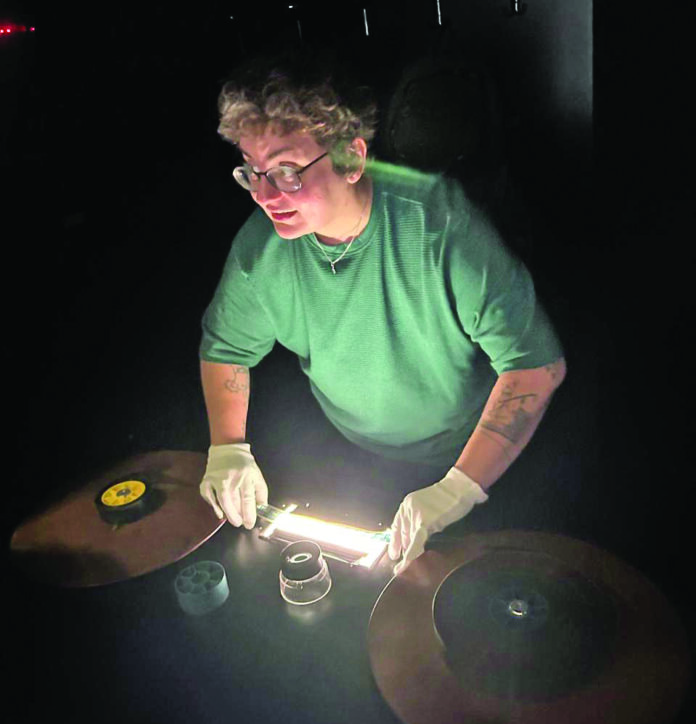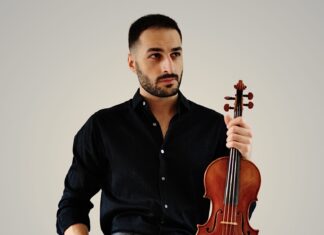YEREVAN-MONTREAL — Chantal Partamian was born in Beirut to Armenian father and Lebanese mother. She is an experimental filmmaker and archivist specializing in Super 8mm and found footage. Her films, recognized and awarded at numerous festivals, are distributed by Vidéographe, Groupe Intervention Vidéo (GIV), and the Canadian Filmmakers Distribution Centre. As an archivist, Partamian focuses on the preservation and restoration of film reels from the Eastern Mediterranean through her project Katsakh Mediterranean Archives. She also conducts research on archival practices in conflict zones. Her written work frequently appears in Revue Hors-Champ. Partamian’s practice bridges the artistic and archival spheres, blending experimental cinema with cultural preservation to safeguard the audiovisual heritage of the Mediterranean region. In addition to her filmmaking and archival work, she has directed music videos and served as assistant director, cinematographer, and editor on numerous documentaries and short films. Chantal has also published articles in English and French on cinema, gender issues, and related cultural topics.
For more information about Chantal Partamian, please visit her official website: www.chantalpartamian.com.
Chantal, you gave an unusual name to your project Katsakh (vinegar in Armenian) — perhaps referring to the preserving nature of it. What is the process of obtaining and restoring archival footage like?
Katsakh Mediterranean Archives is an independent film archive and research project which focuses on the collection, preservation, and reactivation of amateur and personal film footage from the Eastern Mediterranean, films shot on small gauge (8mm, 9,5mm or 16mm) between 1900 and 1980. I also chose Katsakh because I wanted to have an Armenian name that informs my research and my posture regarding images.
The name Katsakh is a reference to “vinegar syndrome,” a chemical decay that affects acetate film over time. When film begins to degrade, it emits a strong vinegar-like odor, signaling its potential loss. The metaphor resonated with me on multiple levels, not only as a literal warning sign of archival fragility, but it also speaks to cultural memory, trauma and the urgency of preservation.
The process of restoring archival footage often begins with searching for material, reaching out to families, individuals, or communities. These are mostly amateur films: family vacations, social gatherings, or moments that were meaningful enough to document, yet never intended for public viewing. Once in my hands, the material must be physically examined and repaired. The restoration I do is strictly mechanical, it means removing dust, mending broken splices, relaxing warped reels, and preparing the film for scanning. I avoid heavy-handed digital manipulation because I believe in preserving the integrity of the image as it was shot. My role is not to “beautify” it but to safeguard its material truth, to allow it to be seen again and recontextualized in the present.









